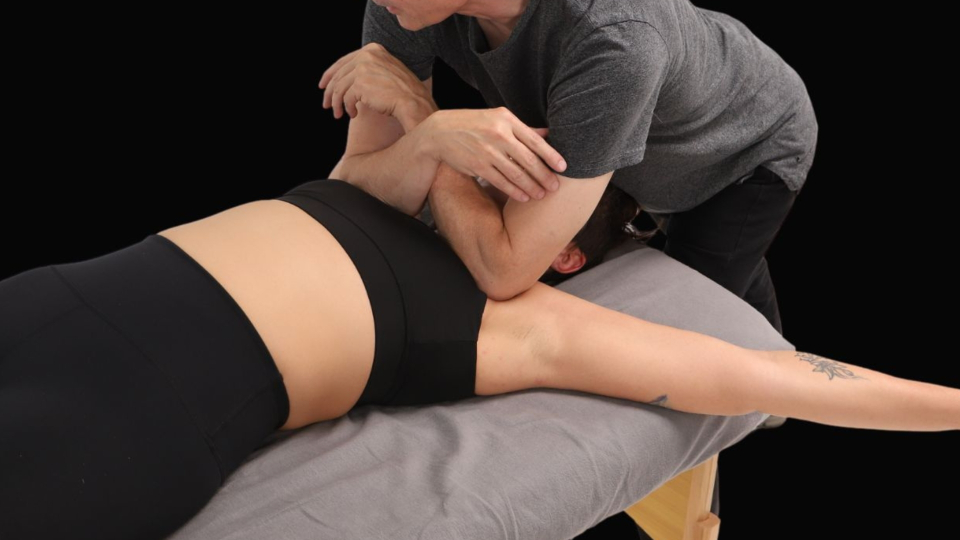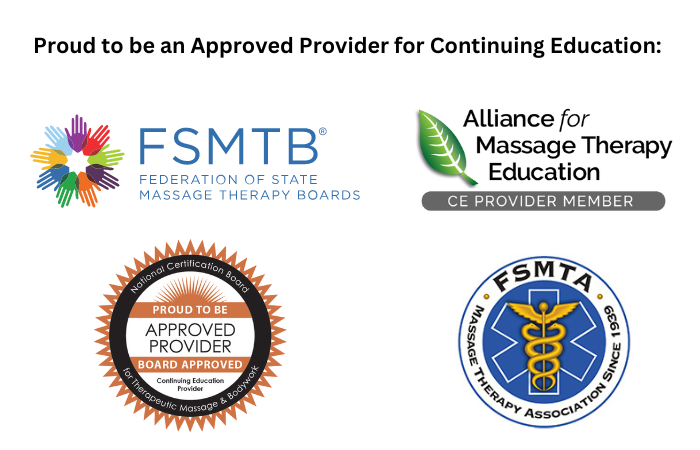
When the Funny Bone Ain’t Funny
Mobilizing the Ulnar Nerve The ulnar is the most exposed of all nerves and ranks second only to the median nerve (carpal tunnel syndrome) as

Mobilizing the Ulnar Nerve The ulnar is the most exposed of all nerves and ranks second only to the median nerve (carpal tunnel syndrome) as

In Myoskeletal Alignment Techniques we use several manual methods that lubricate joints and soft tissue by generating warmth in the tissue and rolling fascial sacs across associated structures. Some of these methods restore capsular flexibility, enhance joint play, and encourage pain-free range of motion. Others stimulate muscle spindles to turn on weak muscles and improve their firing patterns.

Pectoralis minor is a major player when it comes to bad posture, subacromial impingement and neurogenic thoracic outlet. Some believe that…

Everything designed to move has a built-in factor of “play” to promote efficient functional movement. For example, an automobile piston and cylinder, a wheel on an axle, and even a simple hinge all have calculated play between their moving parts to allow efficiency of movement. Why not in a human joint?…

In the early 20th century, sacroiliac joint syndrome (SIJ) was the most common medical diagnosis for low back pain, which resulted in that period being labeled the “Era of the SI Joint.” Any pain emanating from the low back, buttock or adjacent leg usually was branded and treated as SIJ.

Double Crushed Nerve Damage The term double crush syndrome (DCS) was coined by Harvard University plastic surgeons Albert Upton and Alan McComas, who wrote, “Neural

The zygapophyseal joints are a crucial component of the human vertebral column, contributing to its stability, flexibility, and load-bearing capabilities. Learn two techniques that improve Z joint function.

Often, the patella is tilted and sits in the knee the way a beret rests on the side of one’s head, thus the term “squinting

The term Arthro (joint) Kinetic (motion) Reflex was coined by University of Pittsburg researchers to describe how sensory input from joint movement reflexively activates or inhibits muscles – and no other place in the body is this concept more applicable than in the joints and connective tissues of the shoulder girdle.

Undulation is the bi-directional lateral flexion of the spine observed in reptiles and humans. The intent of undulation is to reawaken the brain-body connection by inducing smooth, rhythmic motion through all spinal segments. This undulating mobilization technique is a valuable tool to use with your clients. Click here to watch a video and learn more.
Free subscription to the Technique Tuesday newsletter. Sign up to receive an in-depth article and technique video in your inbox every Tuesday.
